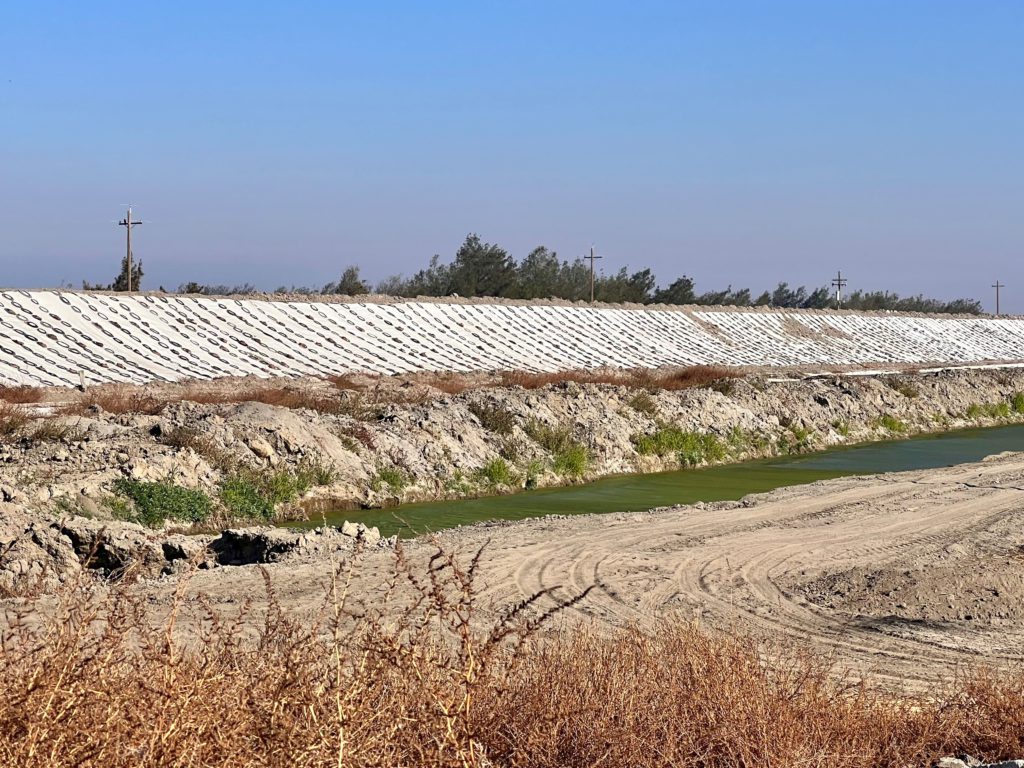Earlier this year, amidst the aftermath of over a dozen atmospheric rivers, the California Governor’s Office of Emergency Services (Cal OES) was assessing damages and coordinating recovery efforts across the state.
Last April, we toured parts of Tulare, Kings, and Fresno counties, and have now returned 8 months later to highlight how the resilient Central Valley communities are preparing for this year’s storm season while simultaneously continuing recovery efforts.
Cal OES has been coordinating preparation efforts, distributing resources and maintaining constant communications with each county to ensure Californians are prepared.
In Fresno County, an area that has been experiencing drought conditions the last few years, had to pivot quickly to be prepared for flooding.
Currently, Fresno County is positioning resources along the Kings River ahead of a likely significant storm season, on top of all hazards preparations as well.

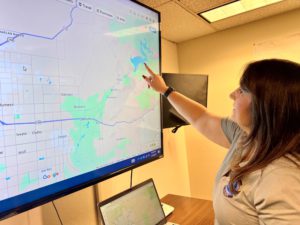
“We plan 365 days a year and get whatever we need to get, in line, so when it does happen, we can best position our county to protect life and property.”
– Terri Mejorado, Emergency Manager, Fresno County OES
In Tulare County, work on Avenue 56 has been completed and maintained, creating an alternate route between the communities of Alpaugh and Allensworth, ensuring first responders have access in case of an emergency. Earlier this year, that route had been flooded, Isolating vulnerable communities from much needed resources.

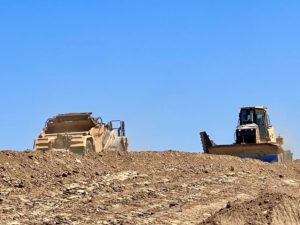
“We’ve had the resources, we have two swift water rescue teams, we have sandbags at our disposal, we have a great roads department and we have resources staged in the event something like this could happen again.”
– Charlie Norman, Tulare County Fire Chief
Meanwhile, in Corcoran, the areas flooded by Lake Tulare are gradually returning to normal while recovery efforts for affected farms and infrastructure are ongoing.
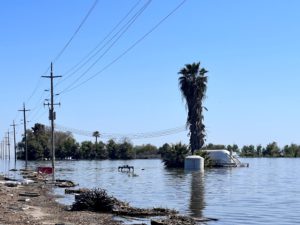
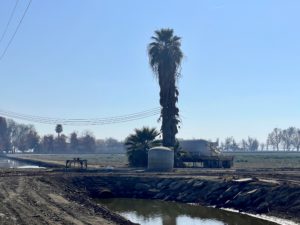
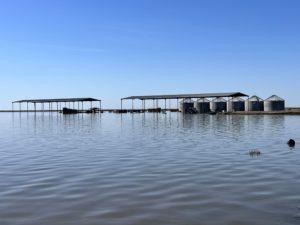
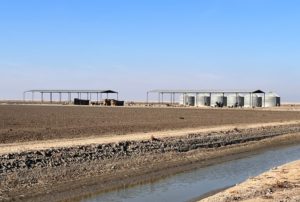
In Kings County, the location with the highest accumulation of water from Lake Tulare, farmers are still waiting for the water level to decrease to implement the next phases of recovery. In preparation for the next storm season, Cal OES coordinated the construction of small-scale levees to protect the dairy producing businesses from future floods.
